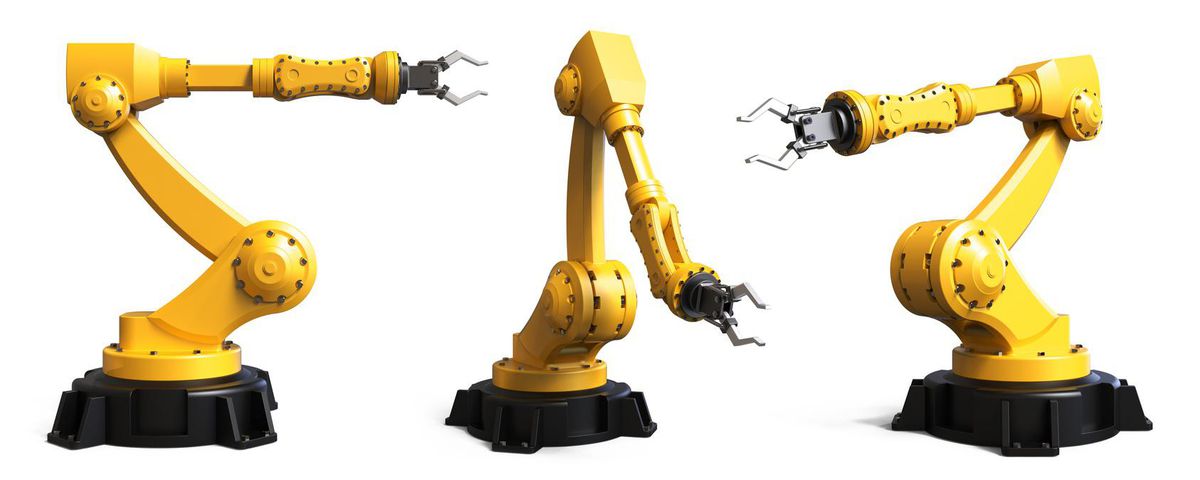[ad_1]

IMAGE:
The author of “Has ‘Made by humans’ come to denote quality?” saw an advertisement for language courses highlighting that they were designed by “more than a hundred linguists and language experts” instead of “by algorithms or computer programs”, and wonders if having been created by humans will set such products apart from those created by machines, which will be seen as being of lower quality.
Language learning is a particularly interesting area, because it is now perfectly possible with current technologies to adapt study programs using algorithms without the need for humans. In fact, technology allows for much higher level of personalization, since we cannot ask our team of linguists, however large it may be, to work individually with each learner, but algorithms can.
The belief that something made by humans is of better quality crumbles when we confront it with the principles of Industry 4.0, which is seeing new standards of automation: historically this has always meant greater efficiency, higher quality and fewer errors.
Our error is associating automation with mass production and lower costs. Spreading the fixed costs of production over a larger number of units tends to lower prices, and this may have been the case in the past: automation or mass production tended to generate products that were cheaper and also generally of poorer quality than those manufactured by humans. Paradoxically, this was also historically associated with manufacturing in China and Southeast Asia, were because of their low unit labor costs, automation levels were also very low: the cheapest way to manufacture anything was to put people to do it manually.
Those production lines, which paradoxically were considered “inhuman” when they were composed precisely of people performing highly repetitive tasks, resulted not only in low-priced products, but also in products of inconsistent quality, due to the difficulty of controlling the stability of an individual’s actions over the course of long and exhausting shifts.
This changed dramatically when machine learning was incorporated into production lines. In fact, the biggest change took place in China, where the largest number of production robots in the world was rapidly installed, where hundreds of thousands of workers lost their jobs in those factories that could no longer compete through manual production, and who were retrained for other tasks. The result of such an ambitious change was what we know today: higher productivity, higher quality, and a drastic reduction in the number of defective products.
Robotization not only results in more reliable and defect-free production processes, but also makes it possible to carry out much more thorough quality controls. However, handmade products still have, in many areas, a quality hallmark: this tells us that the question depends on the type of process or industry, and within each industry, depending on the strategic approach of the different companies operating in it.
However, it is important in each process to identify what is merely anecdotal or derived from tradition, from what is actually an advantage. Indeed, we could reach the paradox of consciously exploiting such questions: will we, for example, ever see a robot imitate handcrafted manufacturing by intentionally seeking out more irregular processes that contribute to that “made by humans” aspect, without detriment to quality?
If “made by humans” or “handmade” is contrasted with “made by robots”, we should be careful: those robots are machines that, thanks to the application of machine learning, no longer have to limit themselves to the merely repetitive, but are able, thanks to properly labeled massive data feeds, to obtain better results than the best of humans, as in that old Kuka Robots ad with Timo Boll from 2014 that I still use in my classes.
In the future, to take an example from an industry where manual tailoring has traditionally been considered an advantage, we will see a machine taking exact measurements of our body to then feed a pattern-making and tailoring process that creates, in record time, a perfectly tailored suit that even hides our own physical quirks, as good tailor does. When this process is optimized to the limit, these suits will be better than those made by a traditional tailor, and may also, if this approach is pursued, be significantly cheaper. Will hand-made suits, with their three fittings and their chalk, continue to connote superior quality?
In some industries, the continuous improvement process of robotic manufacturing is already well underway. In others, it is little short of heresy, and it seems that handmade products will retain their connotation of superiority over those made by robots. That said, perhaps the time has come to revise a few stereotypes.
[ad_2]
